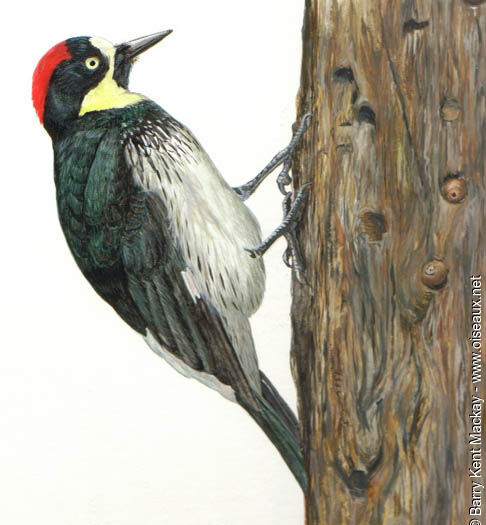

As the goal of the experiment was to determine whether subjects could discriminate current and former group members from non-group members, we compared the responses to non-group members with the responses to each remaining treatment category using Dunnett’s method in package emmeans to adjust for multiple comparisons (Lenth 2018). For each response variable, we ran a model with treatment, subject sex, caller sex, and the interaction of subject sex by caller sex as fixed effects, and individual ID as a random effect. We analyzed distance of first approach using linear mixed models in the R packages lme4 (Bates et al. We analyzed latency to react and latency to positive flight using Cox regression in the R package coxme (Therneau 2018) to account for the fact that some of the latencies were censored. Successive playbacks to the same group or to groups 0.75) with at least one of these.

The sex of the subject matched the sex of the callers in 7 of 14 cases. The 3 stimuli played to a given subject were always recorded from callers of a single sex, such that each subject received either 3 male or 3 female calls. The order of the presentation was balanced according to a Latin square design (Table 1). As acorn woodpeckers make frequent forays to other territories with a mean foray distance of 500–600 m, subjects were likely familiar with all of the non-group member callers (Barve et al. The distance between the territory centroids of the subject and the non-group member caller was 40–862 m (median=167 m), and in 9 of 14 non-group member trials the caller and subject shared a territorial boundary. We presented each subject with 3 different playback stimuli on different days: (1) a call of a current group member (2) a call of a former group member that had died, left the group, or remained on the natal territory after the subject had dispersed 1.1–6.4 years prior to the experiment (median = 2.8 years) and (3) a call of an unrelated individual from a nearby territory that had never lived in the same group as the subject. Subjects were 7 females and 7 males from 8 social groups, and all but one were of breeder status. We conducted Experiment 1 14 Apr– and 2 May–. Experiment 1: vocal discrimination of current, former, and non-group members As of 2019, there are approximately 50 social groups within the study area, and each group is censused approximately every 8–10 weeks using spotting scopes to re-sight color banded individuals. Most individuals are banded in the nest at 21 days of age, and unbanded adults immigrating into the population are captured and banded whenever possible. This population has been the subject of a long-term study since 1968 (MacRoberts and MacRoberts 1976 Koenig 1981b), and >95% of the individuals are color-banded.

MATERIAL AND METHODS Study site and population monitoringĪll data were collected on wild acorn woodpeckers at Hastings Natural History Reservation in central coastal California, USA (36.387ºN, 121.551ºW). This study suggests an important role for vocal recognition in maintaining valuable relationships with social affiliates post-dispersal.

This suggests that acorn woodpeckers can vocally recognize both current group members and former group members that have dispersed to nearby groups, and that they either forget former group members that no longer live in the vicinity, or classify them differently from former group members that still live nearby. Subjects responded more quickly to the calls of non-group members than to the calls of current group members or former group members still living in the study area but did not discriminate between non-group members and former group members that had died or disappeared. We presented acorn woodpeckers (Melanerpes formicivorus), a group-living, cooperatively breeding bird, with playbacks of current group members, former group members still living nearby, former group members that had died or left the study area, and familiar non-group members. Few studies, however, have investigated whether animals can make these discriminations. In species with long-term social relationships, the ability to recognize individuals after extended separation, and the ability to discriminate between former social affiliates that have died and those that have left the group but may return, are likely to be beneficial.


 0 kommentar(er)
0 kommentar(er)
